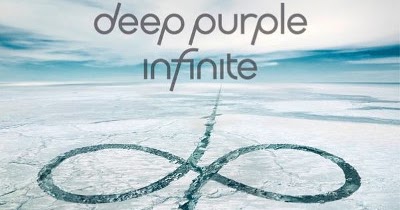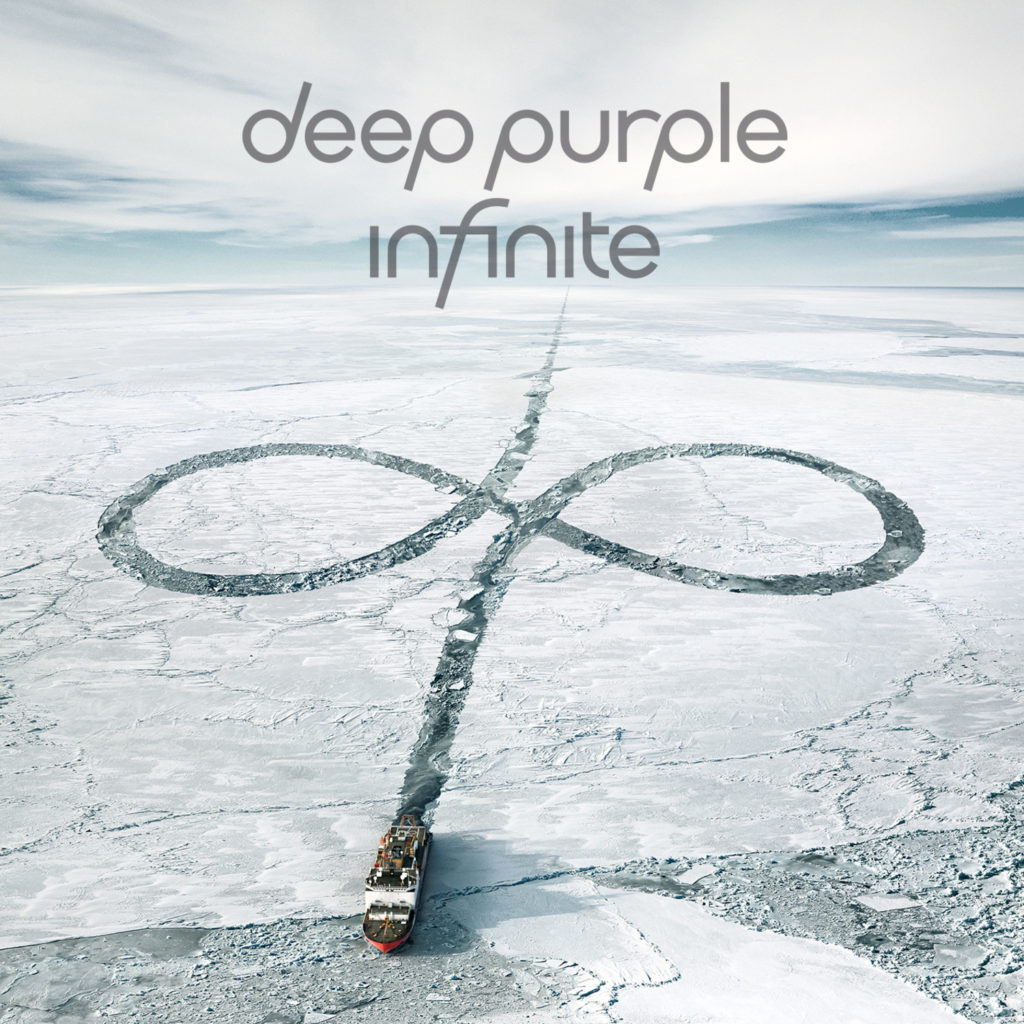
Let’s start with a bold claim: Deep Purple is one of the best bands in the world. They have been excellent pretty much since their start in 1968 (a few short quality dips aside), even though many regard their glory years to be their amazing run in the 1970s, with classic albums like Deep Purple In Rock (1970), Fireball (1971) and Machine Head (1972). And why not? That is a helluva line-up.
During that time they also released the amazing live album Made In Japan (1972) which just might be the best live album ever. And let’s not forget the Coverdale/Hughes years which gave us Burn (1974), Stormbringer (1974), and even Come Taste the Band (1975) – the latter being the first album they did without Ritchie Blackmore.
They would later do many more albums without Blackmore after he left Deep Purple for the final time in 1994. From Purpendicular (1996) onward, Steve Morse would be the guitar player, slowly but surely carving out his own place in Purple history. This seemed such an ungrateful prospect. In many people’s eyes Blackmore was Purple, the creative genius behind the band.
Blackmore seemed indispensable, but as far as chops and versatility, Morse definitely was a good choice, even though his natural style is very different from that of Blackmore. While he definitely could pull off Blackmore’s stuff, many fans were concerned about how well he would fit in musically.
The answer to that was “just fine,” although it may have taken a few years to swing the masses to that conclusion. Without Blackmore, who made every musical call toward the end, the entire band started blooming with creativity. Where things previously had to follow certain rules and was controlled by one man, the band suddenly became an open democracy where everybody could bring ideas to the table and everything would be considered.
This opened the door for Morse to play more like himself and less like Blackmore. As a consequence, the first albums with Morse would be described as “not very Purple” from some quarters. In fact they were – just a Blackmore-less Purple. The new Purple. The band needed a little time to gel, but a lot of the fans may have needed longer to adjust. Just like any band going through a major line-up change, some fans would never adjust and moved on.
At this point, the band has been going for well over 20 years with Morse in the line-up. That is longer than Blackmore was in the band. They have emerged as a band in their own right, with one foot in the past, but the other one firmly steeped in what the band is about now. This is a very healthy position to take for any creative band.
Blackmore is not the only difficult replacement the band had to do. Jon Lord amicably decided to step down in 2002 to focus on other projects, and the band thankfully secured Don Airey as his replacement. Airy has a style very complimentary to Lord’s, and was warmly welcomed both by Lord himself and the vast majority of the fans.
This, then, is the Purple line-up that has been touring and recording for the past 15 years – Ian Gillan, Roger Glover, Ian Paice, Steve Morse, and Don Airy. They have not been super-prolific when it comes to releasing albums. After Rapture of the Deep (2005), there was an eight-year break before Now What?! (2013). That album was seen as a mighty return to form, and a very positive working relationship with producer Bob Ezrin (who made classic albums with KISS, Alice Cooper, Pink Floyd, Peter Gabriel, and Lou Reed amongst others) has been named as a key reason by all involved.
Four years later, it surprised nobody that Bob Ezrin returned to the producer’s chair for the recording of Infinite, Deep Purple’s twentieth album. Just like its predecessor, it was tracked in a studio in Nashville, Tennessee. The resulting album is possibly the most classic-sounding of any Deep Purple album since 1984’s reunion album Perfect Strangers.
The album has continued something of a late-period roll for the band, with favourable reviews and good chart placements – even at pole position – across Europe and Scandinavia for both of the Ezrin-albums.
Is there a theme or concept behind Infinite? The album photo shoot sees the band don arctic explorer gear, and the cover shows an ice breaker writing the DP-logo as it crushes its way through the ice.
Ian Gillan has been less clear when asked, talking obliquely about metaphysics, the Big Bang and the nature of time. Don Airey has been more prosaic about the album: “It’s a little heavier than the last one,” he said recently. “It’s a bit more prog, as we say in England.”
Digging into the album, I find the song writing to be sharp and focused. Musically, the album is quintessential Purple in the way that it offers a taste of everything the band has offered in the past. There are straight-on hard rock moments, progressive moments, orchestral moments, symphonic moments, and bluesy moments – and even a slice of melancholy, which is pretty new for this band!
As is Purple’s wont, there are no thick lines or heavy separation between these styles. They blend, change, and move around as needed. One of Purple’s trademarks has always been the need to stretch, to experiment, to play outside of the rules.
Gillan is more biting than ever in the lyrics. On Time For Bedlam he sings about a refusal to accept things at face value. “Sucking my milk from the venomous tit of the state, clearly designed to supress every thought of escape” he spits out in contempt, distancing himself ever more from lyrics like “she chewed me up and spat me out” of the mid-1980s. There is genuine lyrical substance on (at least most of) Infinite.
Whether Bob Ezrin is pushing Gillan or he was fuelled to write like this on his own I can’t say, but the result is very positive in either case. This also makes the moments that clearly are more falling into the ‘fun’ category more welcome and it balances out nicely.
The album continues the trend of giving both Airey and Morse plenty of space to move around and get noticed, while Paice and Glover just keep the bottom end going – with the odd interspersed rhythmic changes and cool moments. I keep being amazed at how musical they all are, and how obvious it is that they have played a lot together. They never step on each other’s toes, just carefully map out the music together.
The Surprising is a particular highlight. It slips languidly into your speakers with its dreamy, almost trancelike musing. Two minutes in, the keys and drums fire up and we embark on a progressive day trip. It is filled with surprisingly eerie hooks and minor plucks from Morse. Meanwhile, Gillan rhymes ‘Tutankhamen’ with ‘Blue Horizon’. Four minutes in we fall back to an almost landscape-like orchestration of sweeping notes and painted keys, before Gillan resumes his tale of nightmare. It is an incredibly interesting song and showcases Deep Purple at their most ‘out of time’ and progressive.
Another song that deserves mention is Birds of Prey. This is a true Purple epic; the one track which more than any other would make me content if this should turn out to be Purple’s swan song. The song itself tells the story of WWII fighter pilots on a mission, and it ranges from moody to dramatic as the story takes them from their pre-fighting approach to going into battle.
Listening to Morse’s emotional solo (whose playing is more bluesy than normal on here) during the song’s final two minutes evokes images of the band throughout the years, from Montreux to the land of the rising sun. They have surpassed themselves on this one.
On the other end of the scale… The album closer is a cover version of Roadhouse Blues (the Doors, 1968). To be honest I don’t know what to make of it. The song is pedestrian to begin with, and after an album of creative, highly interesting songs it primarily feels very out of place – like a bonus track that has been tacked on later and has nothing to do with the album. I pretty much pretend that the album ends after the initial nine songs and skip it. I don’t hate Roadhouse Blues – I just have no interest in it. It breaks the mood that the album has built up, and I wish it wasn’t part of it.
That one aside, the album is amazing. Yet, uncomfortable thoughts are lurking. With the current world tour named The Long Goodbye Tour, there are signals that Infinite may very well be Deep Purple’s final stand. They have started getting into their 70s, and it is understood that they can’t go on forever, but then again… I try to think of bands that play like Deep Purple and struggle to recognize even one. Many other bands are great, don’t get me wrong, but very, very few of them will not just keep going into their 70s, but maintain the quality in their writing and playing to the levels that Deep Purple are, being a prolific studio band AND a hard working live act.
This is where Deep Purple are truly unique. They still clearly have “it,” whatever that is, are such a fine-tuned machinery, and play with more intensity and musical expression than most people half their age. Infinite is an apotheosis of character and talent; the work of a group of men who feel comfortable in their own skin and comfortable with each other, which is weird to even fathom when we come to think of the history of the band. At the end of the day, if this is how this story ends, it is a happy end after all.
For now, I am happy to leave it at this: one of my favourite bands have delivered one of my favourite albums of the year. All is well.


Facebook Comments